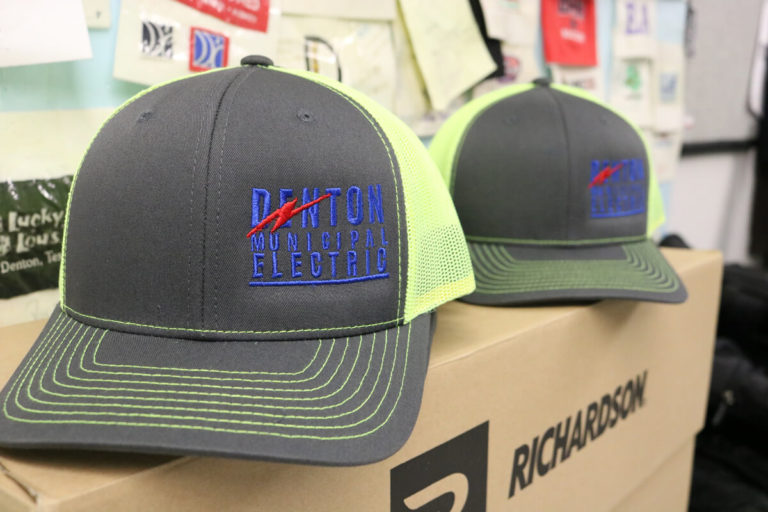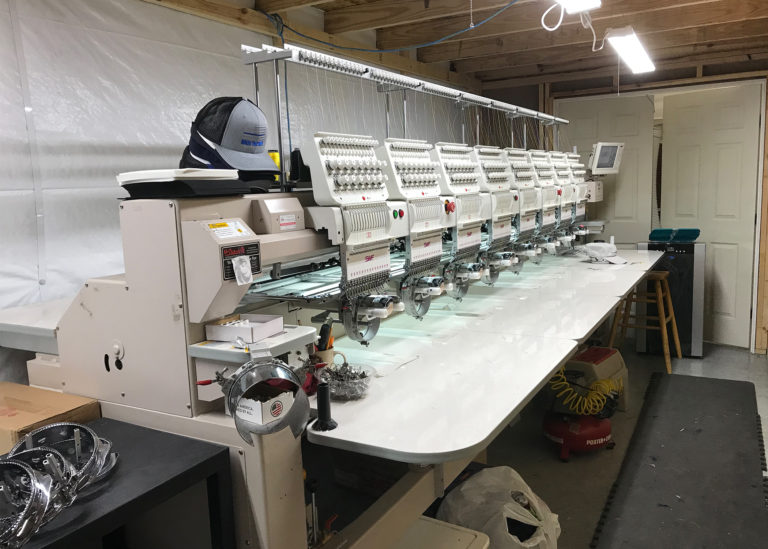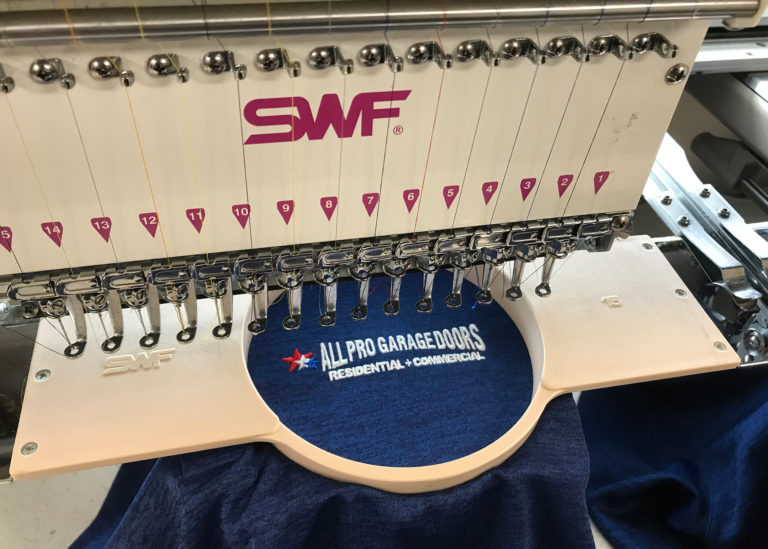Quality embroidery elevates your brand logo or message. Jackets, polos, caps, or other promotional items featuring your custom embroidery are high impact, exhibiting a premium feel. Embroidered products are also a step up in terms of durability than other prints since the raised imprint doesn’t fade even after years of multiple washing. For all those reasons and more you’re ready to have your logo embroidered. First though, you’ll need to get your logo or image digitized for embroidery. Below we’ll review what that means and why it’s necessary.

Just like every digital art program requires a specific format to read and open a file, the same is true for the art of embroidery. Note that having your artwork saved as a JPEG or PNG isn’t the same as having it digitized for embroidery. The digitization process converts your current logo or image into a digital code that the embroidery machines can understand. First, your artwork is examined to determine the exact specifications. Then, an outline of the file is created which takes into account the path the needle needs to take while stitching. Embroidery machines use technology that’s designed for precision—using the digitized file allows them to make the stitches exactly where the inputs indicate on the garment.
Once your artwork is in a stitch-ready format, we can estimate how many stitches are required to replicate your logo onto a garment. It might take more stitches than you would guess to recreate your logo—thousands even to accurately reproduce your image. Design elements, such as complexity, the number of colors, the size, and the location of the embroidery on the garment are also taken into account. The more complex and detailed the image, the higher the stitch count. The digitization process needs to be done for each logo size you wish to have embroidered.
The actual embroidery process uses the digitized image, sewing in one color at a time, following the indicated path. Once one color is completed, another thread is loaded. This process repeats until the entire artwork is replicated. Although digital technology ensures the accuracy of reproduction, manual work is still necessary. After the artwork is embroidered, it’s not finalized until it’s brushed and loose or extra threads are snipped by hand. It’s truly a science and art to create that high-quality completed look.


Groggy Dog Denton: Embroidery Services
Digitizing artwork for embroidery with optimal clean and sharp results requires experience. If you are interested in having your artwork embroidered on a garment product, reach out to us for a quote. All our embroidery is done in-house so that we can control the quality and turnaround time.


